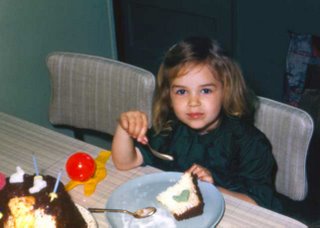We had an excellent discussion of Sebald's
Austerlitz and yet there is so much more to be explored! Some follow-up:
A little background on the author is available in this Guardian
profile.Here's an
interview that touches on Wittgenstein, 9/11, architecture and the art of translation. A snippet about the role of photography in his work:
Q: Photographs and documents interrupt your books. What part do they play in your writing process?
A: They often precede it. If there's an image you want to use, you often write toward it or away from it. The writer's curse is that he doesn't work with tangible matter of any kind, and this is a little device that helps. It certainly encouraged me to write a novel in the first place.
The cover image [of "Austerlitz"] is one I've had for a long while and always felt I needed to write about. It has a haunting quality that wouldn't leave me alone.
I begin by surveying things I've accumulated: notes, documents, bits of transcribed interviews. When you talk to someone aged 80, invariably the photo album comes out. It's the generation that first had access to cheap cameras.
I've always liked image-text relationships. In the '70s there were very interesting things written about photography by Susan Sontag, Roland Barthes, John Berger. I felt a direct rapport with things said in these essays.
Q: Are the photographs meant to manipulate the reader's visualization?
A: I don't do that deliberately. But what the image always does is arrest the text.
The narrative moves in time and slides toward its own ending. The visual arts have the capacity to lift you out of time, and since all disasters happen in time, they offer some consolation in lifting you out of it.
Sometimes pictures do contain a high density of information. There is an image in [his 1992 novel] "The Emigrants" of a Jewish family in Germany. They're in lederhosen and dirndl skirts. That picture, if you know how to read it, tells you more about Jewish assimilation than any text could.
KCRW's Bookworm has this audio
interview including moths inspired by Virginia Wolff, narrative devices inspired by Thomas Bernhard, the conspiracy of silence and more.
 Let it be said, I am in favor of any sort of march or parade (with or without political overtones), wild dancing and prancing, flag (any kind) and streamer waving, song-singing (any language), silly hats, flowers, candles and inspired carrying-on in honor of May Day and its been that way since, er, the day I was born. So I'm down with the celebratory "we are all immigrants" spirit of the day. Have a piece of cake too!
Let it be said, I am in favor of any sort of march or parade (with or without political overtones), wild dancing and prancing, flag (any kind) and streamer waving, song-singing (any language), silly hats, flowers, candles and inspired carrying-on in honor of May Day and its been that way since, er, the day I was born. So I'm down with the celebratory "we are all immigrants" spirit of the day. Have a piece of cake too!